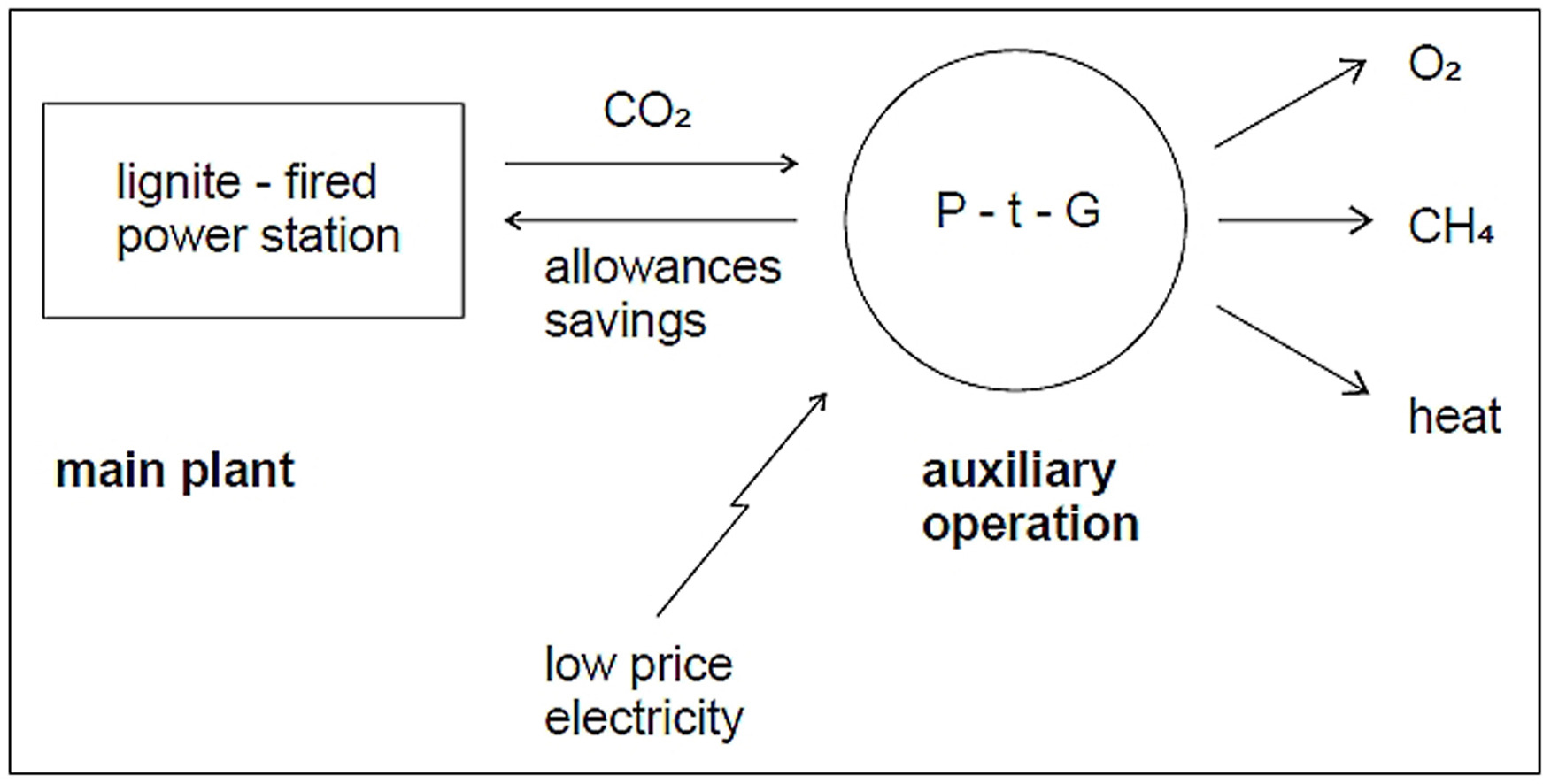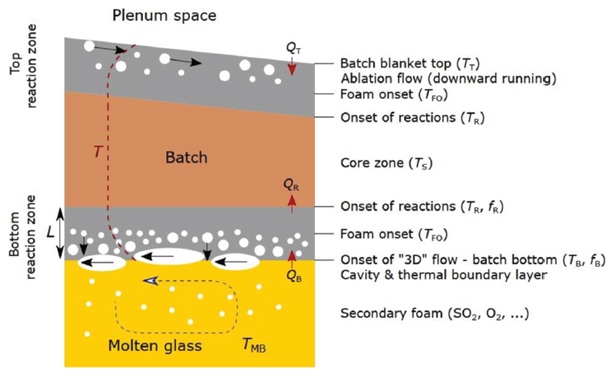Department of Material Structure and Properties study the relationships between the structure and properties of inorganic and organic materials, their preparation and processing, using experiments and mathematic modeling. Research topics is focused on a) vitrification processes, melting processes of various types of glass, including special glass types for photonics, b) aluminium silicate bonding agents and the fixation of inorganic waste in a geopolymer matrix, and c) technologies for processing of organic wastes into usable products. The department includes the Laboratory of Inorganic Materials , which is a joint research centre with the University of Chemistry and Technology in Prague.
Research topics is focused on a) vitrification processes, melting processes of various types of glass, including special glass types for photonics, b) aluminium silicate bonding agents and the fixation of inorganic waste in a geopolymer matrix, and c) technologies for processing of organic wastes into usable products. The Department includes the Laboratory of Inorganic Materials , which is a joint research centre with the University of Chemistry and Technology in Prague.
1. Modelling of glass melting processes
Research works are focused on the design and application of advanced technologies and relevant glass melting spaces under conditions leading to a reduction in energy consumption and a substantial increase in melting performance or to miniaturized compact melting spaces.
2. Batch to glass conversion and vitrification
The ultimate goal of our batch melting studies is to develop an advanced batch to glass conversion model and incorporate it in the full CFD glass melting or vitrification space model as its integral component. We are performing studies to investigate the processes occurring during the batch melting and analyze the batch thermal and mechanical properties to solve the heat and mass balance.
3. Special glasses for infrared radiation
Research of special heavy metal oxide glasses and chalcogenide glasses capable of transmitting radiation at longer wavelengths compared to conventional glasses based on classic glass-forming oxides SiO2 and B2O3. Characterization of physicochemical properties of new glassy materials with emphasis on their optical transmittance and, in the case of glasses doped with rare earth ions, also on their photoluminescence properties.
4. Novel geopolymers
Preparation of geopolymer materials; study of reaction conditions and determination of properties of formed solidificates; characterization of raw materials for the preparation of geopolymer materials and the use of new non-traditional sources of raw materials; solidification and inhibition of hazardous waste; design of possible application of geopolymer composite according to specified properties, X-ray fluorescence analysis (XRF).
International Cooperation
Modelling of glass melting processes-optimizing of a melter for vitrification of a radioactive waste.
Collaboration with American laboratories has helped to develop further contacts with the world's leading workplaces in the field - included internships of team members and students at PNNL and visiting researchers from PNNL and TITECH in our laboratory. Team of PhD students spent 12 months at PNNL. The joint work in Prague and in Richland brought a large amount of experimental results, which resulted in successful defence of thesis in 2019 and five publications mostly in the first and second quartile journals. During 2018-2019, a PNNL researcher worked reciprocally on his post-doc project in our laboratory. The project focused on the topic of batch to glass conversion, and was fully financed by US Department of Energy (US DOE). The collaboration with PNNL resulted in about 15 scientific publications published mostly in the first quartile journals. The increasing prestige of the joint international team led to the preparation of the paper entitled "Modeling Batch Melting: Roles of Heat Transfer and Reaction", which was published at the end of 2019 as an Invited Feature Article (including a cover Photo) in the Journal of the American Ceramic Society, a journal of the first quartile in the category Materials Science - Ceramics.
Collaboration with American laboratories has helped to develop further contacts with the world's leading workplaces in the field - an exchange program of students and staff.
Bulgarian Academy of Sciences
Four-month internship of a student from the Tokyo Institute of Technology, Japan
Establishment of cooperation with the University of Mines ParisTech and the research centre CEA Marcoule: Researcher Team members were invited to present lectures at the Seminar on Modelling of glass melting processes, held in Marcoule, France, in July 2018. PhD student from ParisTech spent four weeks in our laboratory, working on the topic of bubble behaviour in glass melt. Obtained experimental results are currently analysed and prepared for a common publication.
Team group for "Special glasses for infrared radiation" has developed a broad international cooperation, resulting in the exchange programs and joint publications
exchange programs and joint publications
Team group for "Special glasses for infrared radiation" has developed a broad international cooperation, resulting in the exchange programs and joint publications
Team group for "Special glasses for infrared radiation" has developed a broad international cooperation, resulting in the exchange programs and joint publications
Joint projects in the years 2011 - 2014
Joint project was launched in mid-2013. The project aims to substantially reduce energy consumption in glass melting process and increase efficiencies operated melting furnaces. The task of the Czech team is to seek and find the conditions under which in industrial melting furnaces exercise control the flow of the melt. Grant's partner is a Czech Glass Service Inc.


